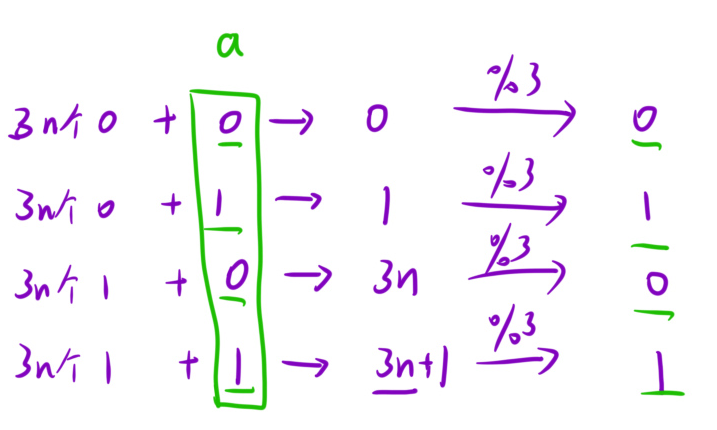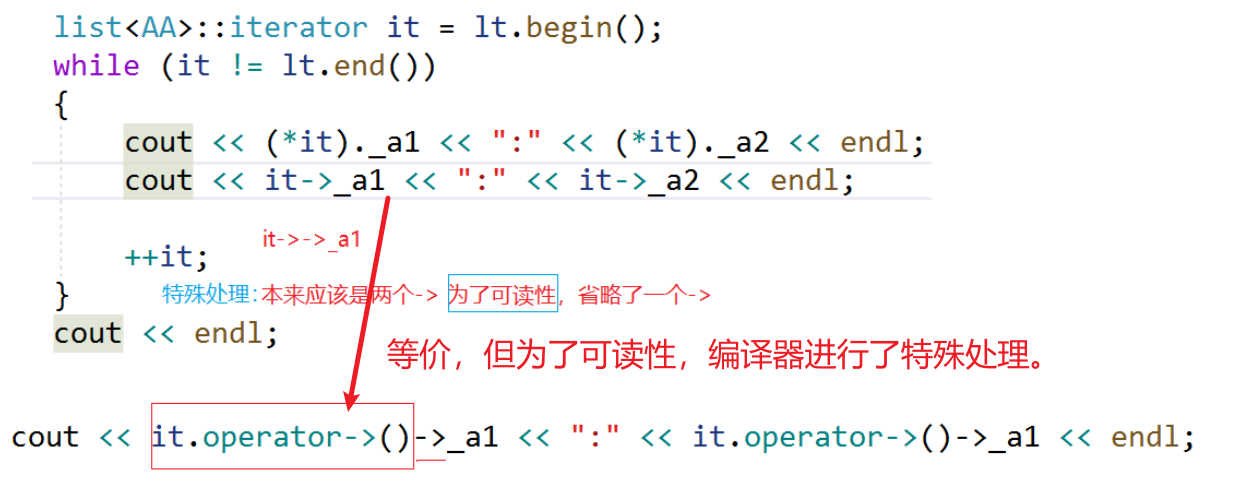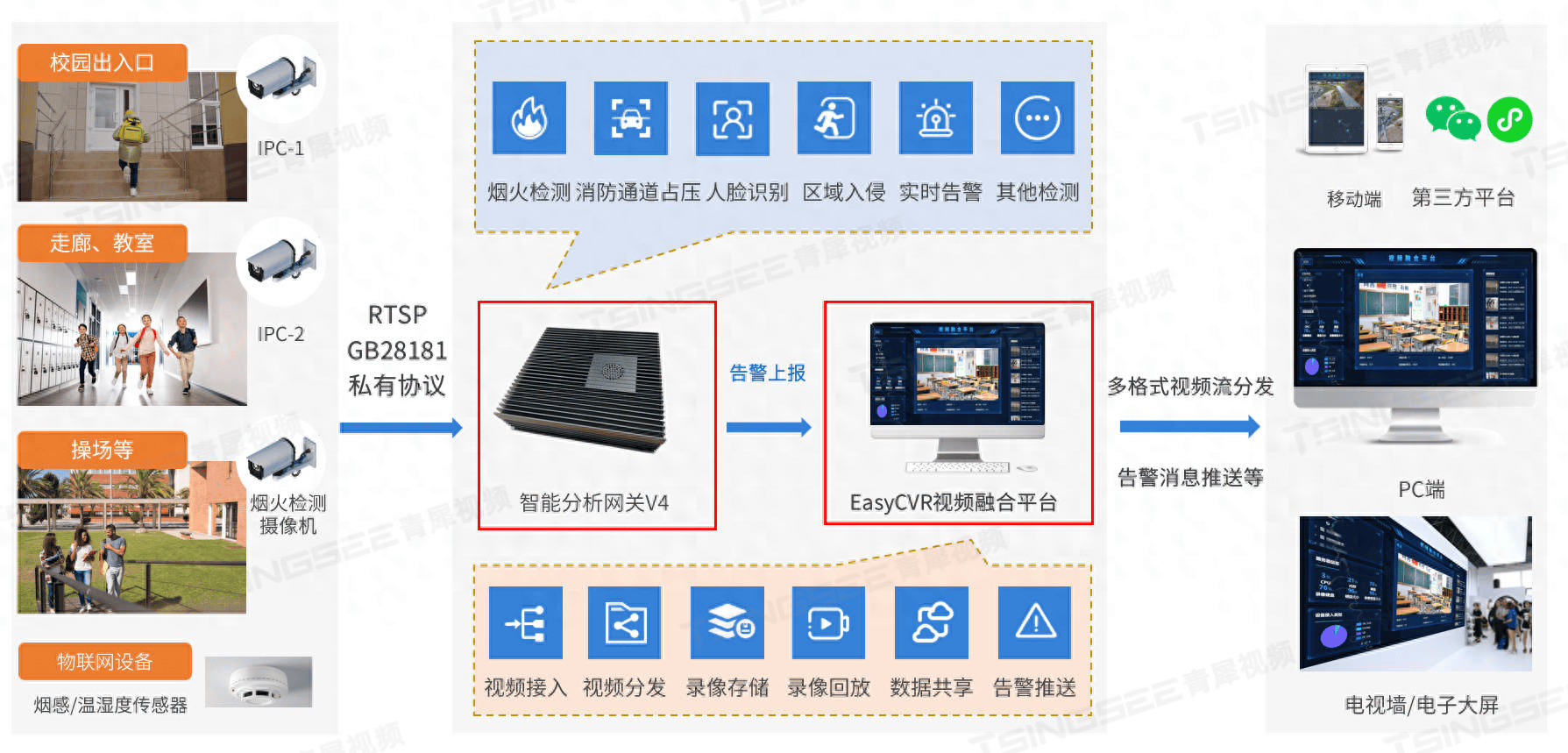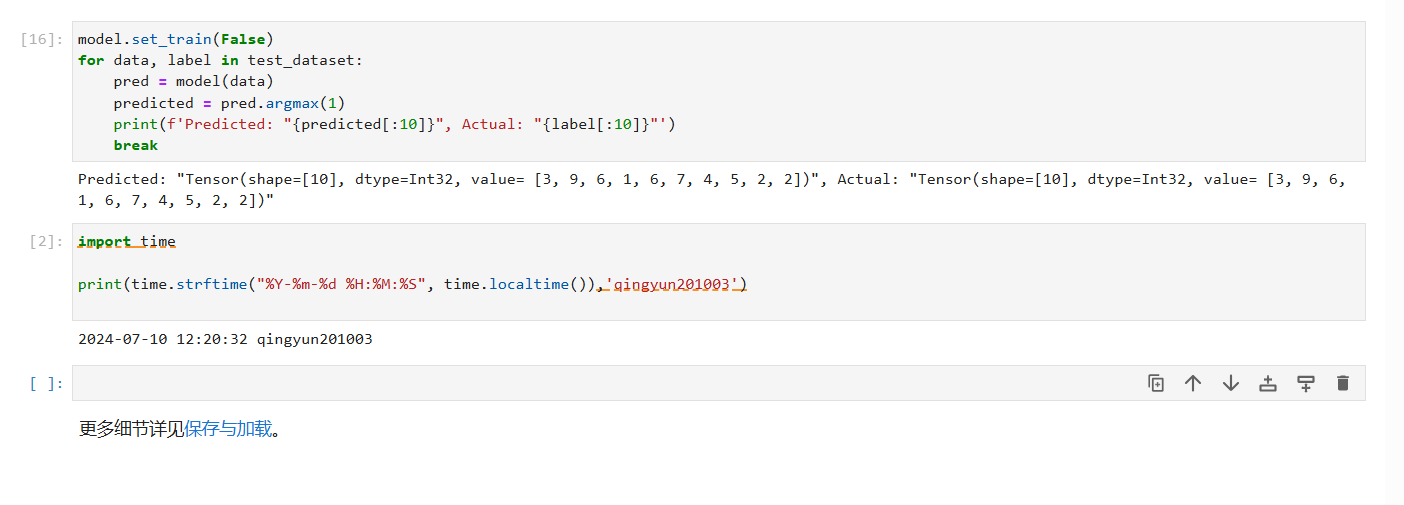一次业务的批量数据任务的处理优化
业务背景
一个重新生成所有客户的财务业务指标数据的批量数据处理任务。
1.0版本 分批处理模式
根据要处理的客户数量,按照最大线程数切分成多个段,尽量保证每个线程处理相同的客户数量。
private void updateForRegenerateByCustomer(List<Integer> customerIdList,
SystemUserCommonDTO user, LocalDateTime now) {
List<CustomerBaseInfo> baseInfoList = CollectionUtils.isEmpty(customerIdList)?customerInfoService.listAll():
customerInfoService.listByIdList(customerIdList);
//先清理客户的数据
updateForCleanByCustomerIdList(baseInfoList,user,now);
int maxSize = baseInfoList.size();
//计算当前任务数量
int currentMaxPoolSize = maxPoolSize<maxSize?maxPoolSize:maxSize;
CompletableFuture[] tasks = new CompletableFuture[currentMaxPoolSize];
//计算每个任务分段的数量
int size = maxSize / currentMaxPoolSize;
for(int i=0;i<currentMaxPoolSize;i++){
final int begin = i * size;
final int end = i==currentMaxPoolSize-1?maxSize:(i+1)*size;
//创建异步处理的分段任务
tasks[i] = CompletableFuture.runAsync(
()->updateForGenerateByCustomerIdList(baseInfoList,begin,end,user,now)
,executorService)
.whenCompleteAsync((k,v)-> log.info("重新生成财务业务指标客户的所有数据-线程【{}】完成",Thread.currentThread().getName()));
}
// 向线程池提交任务
CompletableFuture.allOf(tasks).whenComplete((v, th) -> log.info("重新生成财务业务指标客户的所有数据-【{}】个子线程处理完成",tasks.length)).join();
}
/**
* 生成指定客户列表的所有数据
**/
private void updateForGenerateByCustomerIdList(List<CustomerBaseInfo> baseInfoList,int begin,int end,
SystemUserCommonDTO user, LocalDateTime now){
//每个线程只处理自己的分段的数据
for(int i=begin;i<end;i++){
CustomerBaseInfo baseInfo = baseInfoList.get(i);
//每个客户独立事务
TransactionalUtils.runWithNewTransactional(
()->updateForGenerateByCustomerId(baseInfo.getId(),user,now));
}
}
/**
* 生成指定客户的所有数据
**/
private void updateForGenerateByCustomerId(Integer customerId,SystemUserCommonDTO user, LocalDateTime now){
//1、重新生成客户的所有业务类型的数据
List<FinanceBiMaintainDto> maintainDtoList =
financeBiBusinessTypeSupport.getMaintainListByCustomerId(customerId);
if(CollectionUtils.isEmpty(maintainDtoList)){
return ;
}
//生成每个指标的数据
Map<BusinessIndicatorEnum,List<FinanceBiMaintainDto>> indicatorMaintainDtoMap = maintainDtoList
.stream().collect(Collectors.groupingBy(FinanceBiMaintainDto::getIndicator));
indicatorMaintainDtoMap.forEach((k,v)->{
log.info("重新生成财务业务指标指定客户【{}】的【{}】支持处理开始",customerId,k);
financeBiManager.updateForBiMaintain(k, v,user,now);
});
}
运行耗时:1420.145秒
2.0版本 平衡任务队列模式
1.0 版本 由于不同客户的数据量不同,导致生成数据的耗时不同,因此按照客户数量均分任务的的方式对于每个线程来说,任务量是不一样的,因此可能会导致部分线程太忙,部分线程太空的情况。因此调整为使用队列方式来解决任务分配的问题,每个线程自己取队列中取要处理的客户,直到所有队列中的客户都被处理完,所有的线程结束。这样就避免的线程任务量不平衡问题。
updateForGenerateByCustomerId 方法不需要改造,只需要调整任务分配的相关方法就可以。
private void updateForRegenerateByCustomer(List<Integer> customerIdList, SystemUserCommonDTO user,
LocalDateTime now) {
List<CustomerBaseInfo> baseInfoList = CollectionUtils.isEmpty(customerIdList) ? customerInfoService.listAll() :
customerInfoService.listByIdList(customerIdList);
//先清理客户的数据
updateForCleanByCustomerIdList(baseInfoList, user, now);
int maxSize = baseInfoList.size();
int currentMaxPoolSize = Math.min(maxPoolSize, maxSize);
//根据线程数,构建固定的任务数量
CompletableFuture<?>[] tasks = new CompletableFuture<?>[currentMaxPoolSize];
//构建待处理的客户队列,由于这里没有并发读写的情况,因此用ConcurrentLinkedQueue效率会更高一点。
ConcurrentLinkedQueue<Integer> queue = new ConcurrentLinkedQueue<>(
baseInfoList.stream().map(CustomerBaseInfo::getId).collect(Collectors.toList()));
//创建多个线程去消耗客户队列
for (int i = 0; i < currentMaxPoolSize; i++) {
tasks[i] =
CompletableFuture.runAsync(() -> updateForGenerateByCustomerIdList(queue, user, now), executorService)
.whenCompleteAsync((k, v) -> {
if (v != null) {
log.error(String.format("重新生成财务业务指标客户的所有数据-线程【%s】发生异常",
Thread.currentThread().getName()), v);
} else {
log.info("重新生成财务业务指标客户的所有数据-线程【{}】完成",
Thread.currentThread().getName());
}
});
}
// 向线程池提交任务
CompletableFuture.allOf(tasks)
.whenComplete((v, th) -> log.info("重新生成财务业务指标客户的所有数据-【{}】个子线程处理完成", tasks.length))
.join();
}
/**
* 生成指定客户列表的所有数据
**/
private void updateForGenerateByCustomerIdList(ConcurrentLinkedQueue<Integer> queue, SystemUserCommonDTO user,
LocalDateTime now) {
Integer customerId = queue.poll();
//循环从客户队列中取出待处理的客户,直到所有客户都处理完毕。
while (customerId != null) {
final Integer currentCustomerId = customerId;
TransactionalUtils.runWithNewTransactional(
() -> updateForGenerateByCustomerId(currentCustomerId, user, now));
customerId = queue.poll();
}
}
优化后的耗时:1037.059秒
3.0版本 优化调度平衡任务队列模式
2.0版本虽然解决的了每个线程任务量不平衡的问题,但可能出现某个数据量很大的客户在队列的尾部,导致当其他线程都处理完所有的客户时,取到最大数据量的客户的线程仍在运行,任务整体的耗时被增加。因此需要优化调度,将耗时高的客户调度到队列头部,保证耗时最长的客户的优先处理,从而避免最后等待耗时长的线程。
updateForGenerateByCustomerIdList 方法不需要改造,只需要队列构造处理就可以。
private void updateForRegenerateByCustomer(List<Integer> customerIdList, SystemUserCommonDTO user,
LocalDateTime now) {
List<CustomerBaseInfo> baseInfoList = CollectionUtils.isEmpty(customerIdList) ? customerInfoService.listAll() :
customerInfoService.listByIdList(customerIdList);
//先清理客户的数据
updateForCleanByCustomerIdList(baseInfoList, user, now);
//获取客户的统计数据
Map<Integer, CustomerStatisticsInfo> customerStatisticsInfoMap =
customerStatisticsInfoService.listAll().stream()
.collect(Collectors.toMap(CustomerStatisticsInfo::getCustomerId, Function.identity()));
int maxSize = baseInfoList.size();
int currentMaxPoolSize = Math.min(maxPoolSize, maxSize);
CompletableFuture<String>[] tasks = new CompletableFuture[currentMaxPoolSize];
//根据客户的统计数据,构建待处理的客户队列
ConcurrentLinkedQueue<Integer> queue =
baseInfoList.stream().map(item -> customerStatisticsInfoMap.get(item.getId())).filter(Objects::nonNull)
//队列按照客户数据量倒序排列 .sorted(Comparator.comparing(CustomerStatisticsInfo::getNumberOfCheckedSatisfactoryActivitys,
Comparator.reverseOrder())).map(CustomerStatisticsInfo::getCustomerId)
.collect(Collectors.toCollection(ConcurrentLinkedQueue::new));
for (int i = 0; i < currentMaxPoolSize; i++) {
tasks[i] = CompletableFuture.supplyAsync(() -> {
updateForGenerateByCustomerIdList(queue, user, now);
return Thread.currentThread().getName();
}, executorService).whenCompleteAsync((k, ex) -> {
if (ex != null) {
log.error(String.format("重新生成财务业务指标客户的所有数据-线程【%s】发生异常", k), ex);
} else {
log.info("重新生成财务业务指标客户的所有数据-线程【{}】完成", k);
}
});
}
// 向线程池提交任务
CompletableFuture.allOf(tasks)
.whenComplete((v, th) -> log.info("重新生成财务业务指标客户的所有数据-【{}】个子线程处理完成", tasks.length))
.join();
}
耗时:726.725秒
总结
最终的耗时从1400多秒 降低到700多秒。降低了一半左右。

































